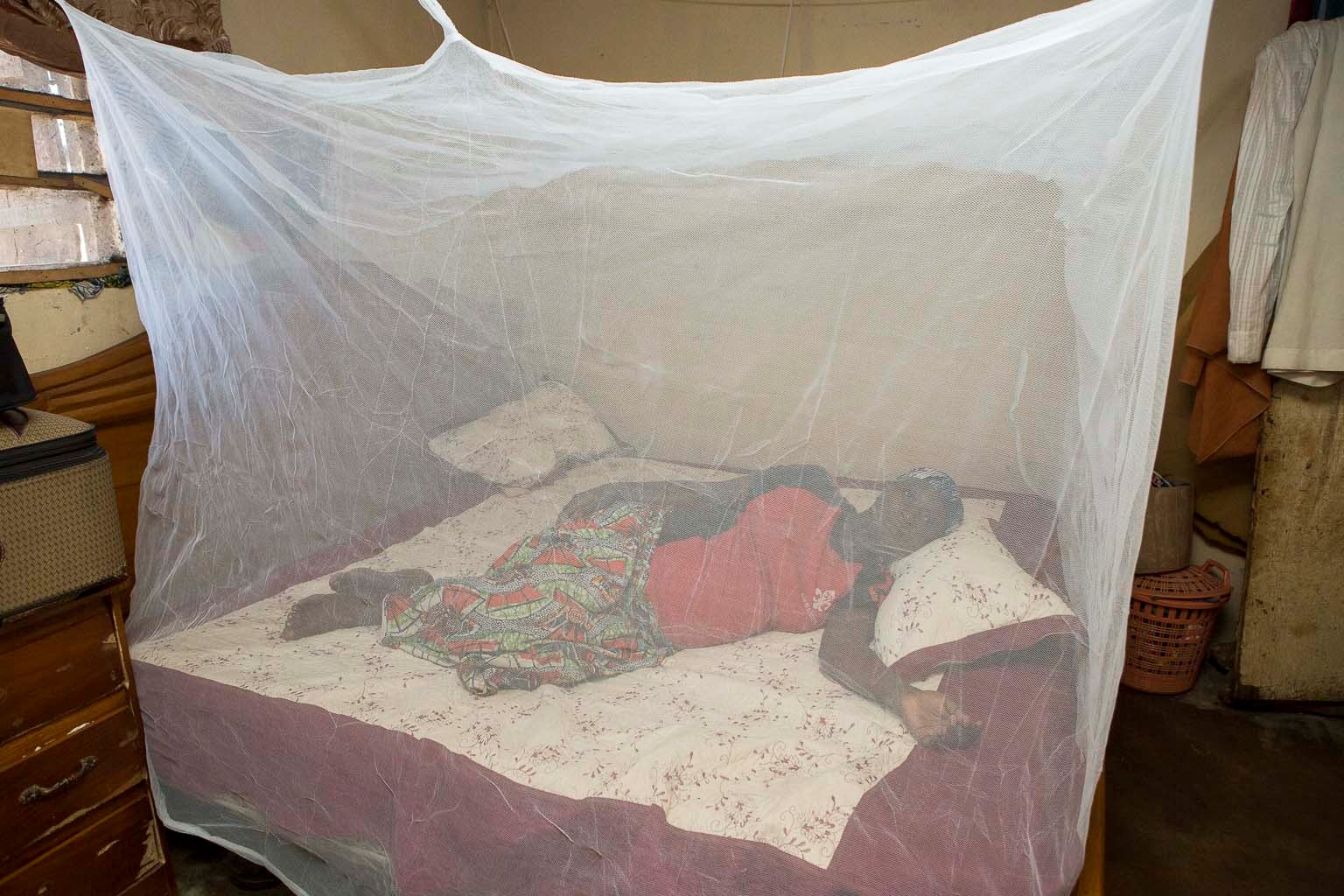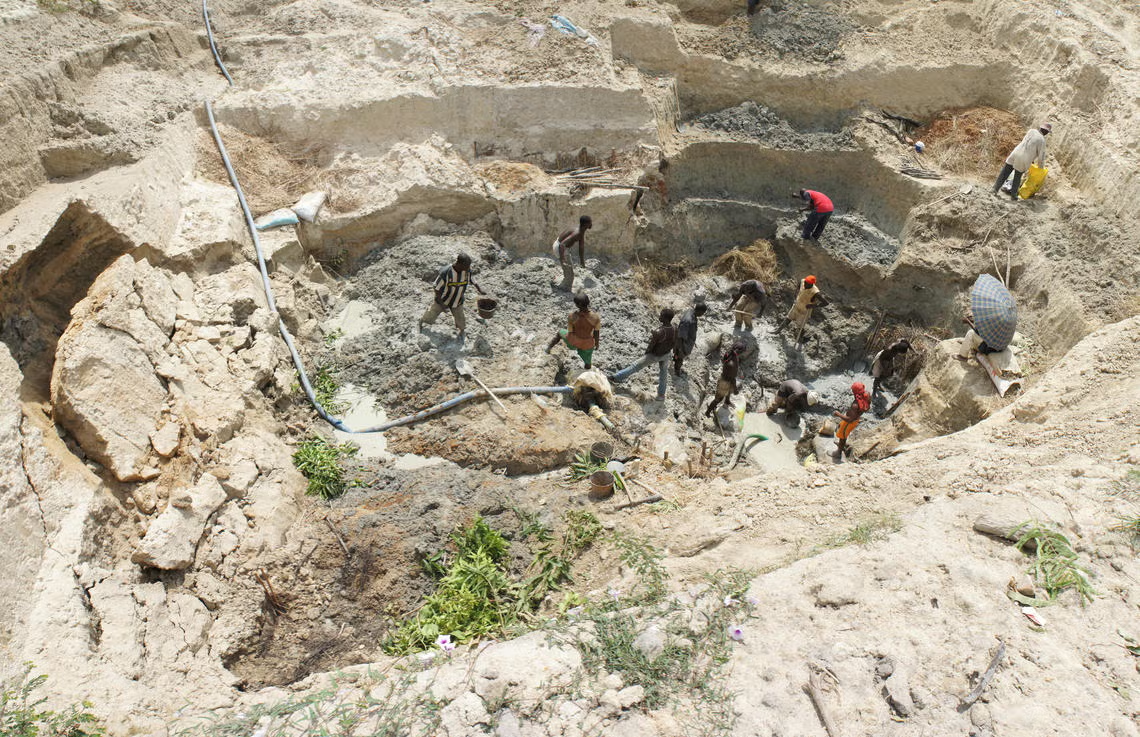15 cutting-edge research innovations using Earth Intelligence to tackle global health challenges

The intersection of Earth Intelligence and public health is quickly becoming a frontier of innovation, especially across Africa. Organised by the Earth Observations for Health (EO4Health) Initiative, GEO Health Community of Practice (CoP) and AfriGEO leadership, the Special Edition: Focus on AfriGEO webinar spotlighted projects transforming how we respond to complex health risks using spatial data, artificial intelligence and satellite technologies.
This session was part of a wider body of work led by the GEO Health CoP, designed to foster partnerships, encourage knowledge exchange and support ongoing collaboration.
From air quality modelling to emergency response systems, below are 15 standout innovations leading the way.
This is just a small sample of innovations being driven across the GEO community. The GEO Global Forum 5-9 May will bring together policymakers, industry leaders and innovators from around the world to agree on a common roadmap for implementing GEO's Post-2025 Strategy.
Find out more about these projects on the GEO Health CoP website.
1. Mapping asthma hotspots with remote sensing and machine learning in Kenya
Using AI models like LSTM and XGBoost, researchers in Kwale County combine pollution data with hospital records to pinpoint asthma-prone zones, guiding health interventions and city planning.
Presented by Thomas Njoka, Regional Center for Mapping of Resources for Development, Kenya
2. A one-stop data hub for urban health and climate action
The GEO Human Planet team’s Urban Centre Database integrates satellite data to track air quality, climate, and health indicators across African cities, fueling decisions on urban resilience.
Presented by Michele Melchiorri, GEO Human Planet & European Commission’s Joint Research Centre’s Disaster Risk Management Unit, Italy

3. Cholera forecasting powered by satellite data
By monitoring rainfall, temperature, and water quality via remote sensing, researchers can now anticipate cholera outbreaks in high-risk African regions, enabling life-saving early action.
Presented by Antarpreet Jutla, University of Florida, USA

4. Fighting disease with floating weeds in Zimbabwe
A pioneering early warning system in Lake Chivero links water hyacinth blooms to deteriorating water quality and cholera risks, helping public health officials act before outbreaks spiral.
Presented by Mgcini Ncube, University of Twente, The Netherlands

5. Tracking water pollution in informal settlements in South Africa
In South Africa, high-spatial resolution PlanetScope data reveal water quality in small, often-overlooked bodies of water, providing critical insight for communities without formal sanitation infrastructure.
Presented by Oupa Malahlela, University of Venda, South Africa
6. Optimising malaria bed net distribution in Nigeria
Using Earth observation-derived travel-time maps and location-allocation algorithms, this project improves access to malaria bed nets, ensuring broader reach in hard-to-serve areas.
Presented by Hasim Engin, Center for Integrated Earth System Information, Columbia Climate School, USA
7. Predicting malaria with Earth Engine in Kenya
Harnessing cloud-based geospatial tools and satellite data, researchers build predictive models for malaria in data-scarce regions, supporting smarter, faster response.
Presented by Nicholas Musau, Jomo Kenyatta University of Agriculture and Technology, Kenya
8. AI-driven outbreak alerts for Ethiopia
As part of European Space Agency’s Space and Global Health Hackathon, this innovation uses hybrid AI models to forecast malaria and visualise spread, creating scalable tools for outbreak prevention.
Presented by Sean Schwager, Speedykom, Germany
9. Reinventing Rift Valley fever forecasting
A new model integrates NDVI, rainfall, ENSO data, and livestock records to enhance precision in predicting Rift Valley fever outbreaks, supporting timely veterinary and public health responses.
Presented by Lory Willard, USDA ARS Center for Medical, Agricultural, and Veterinary Entomology, USA
10. Vaccination tracking in remote and conflict-affected areas
In Borno State, Nigeria, a geospatial tracking system raised vaccine coverage by 25%, showing how Earth observation tools can bridge gaps in fragile and remote areas.
Presented by Jagila Jantiku, National Space Research and Development Agency, Nigeria
11. Making mining safer with spatial analytics
By mapping accident data in gold mines using geo-statistical tools, this initiative promotes workplace safety and health in artisanal mining communities in Kenya.
Presented by Alexander Opicho, Regional Center for Mapping of Resources for Development, Kenya

12. Redrawing health facility catchment areas in Malawi
As outdated maps mean outdated decisions, this project uses road data and patient travel patterns to update service areas, aligning health planning with real-world access.
Presented by Patrick Ken Kalonde, Malawi Liverpool Wellcome Research Programme, Malawi

13. Rapid damage assessments for health emergencies
Esri’s AI-powered ArcGIS workflow helps assess infrastructure damage after disasters, prioritising health facility response when every second counts.
Presented by Lorien Innes, Esri, UAE
14. Fixing ambulance response gaps in Nigeria
GIS-based mapping in Abuja uncovers which neighbourhoods face the longest ambulance delays. These data now drive smarter emergency service deployment.
Presented by Mai Bukar Adama, National Space Research and Development Agency, Nigeria

15. Health facility mapping for emergency readiness
This Nigerian-built website integrates spatial and institutional data to support emergency decision-making, helping responders find the right facility fast.
Presented by Qudus Taiwo, National Space Research and Development Agency, Nigeria
As the world faces growing public health and environmental risks, solutions like these offer scalable, data-driven approaches to safeguarding lives. Find out more on the GEO Health CoP website.
From 5-9 May, the GEO Global Forum will highlight more bold ideas and innovations from the GEO community.